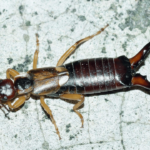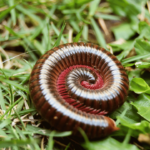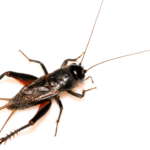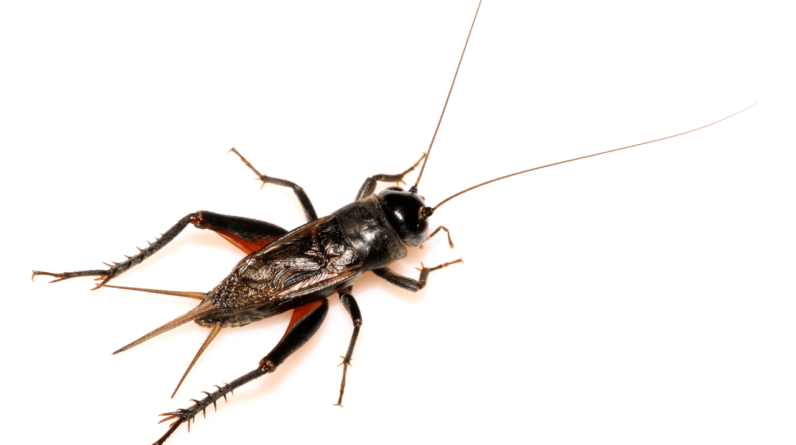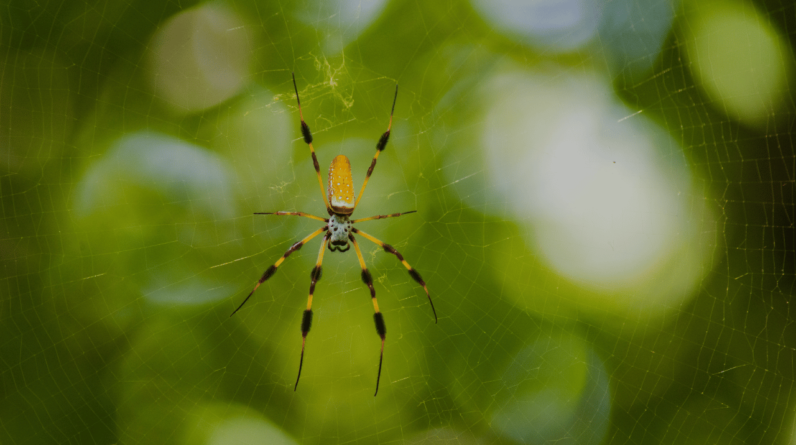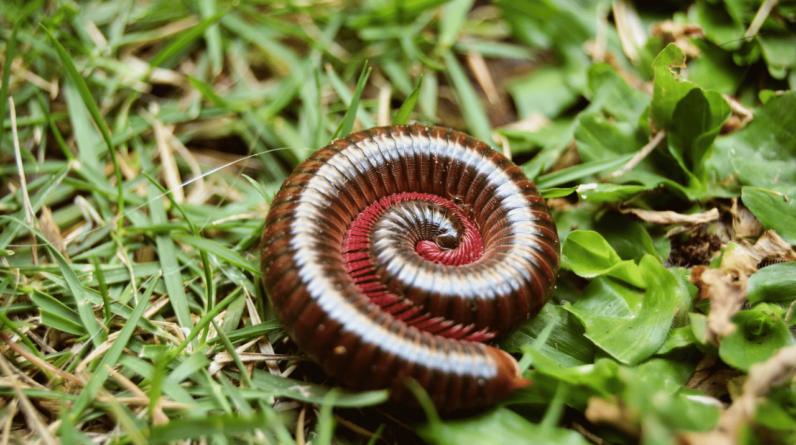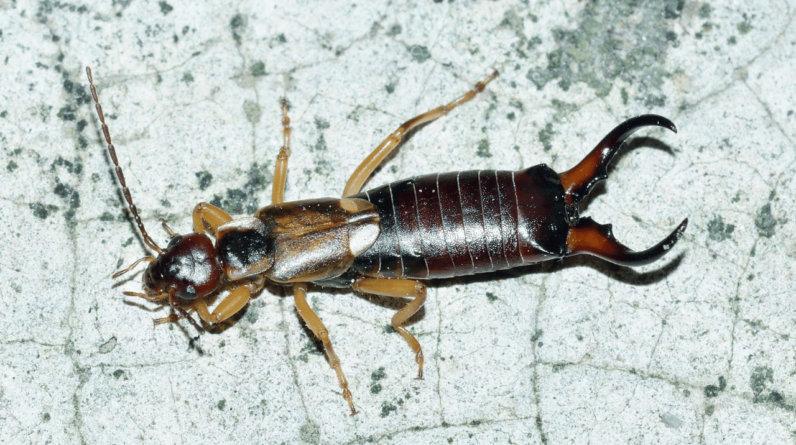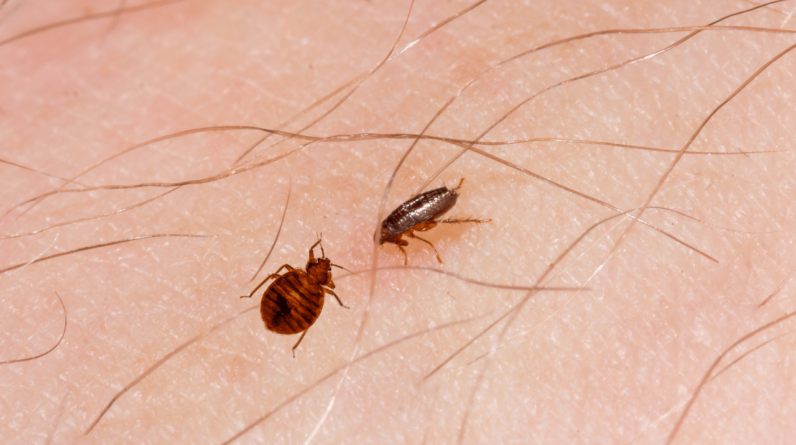
As you lay in bed, trying to find comfort in the softness of your pillow, a slight itch begins to creep across your skin. You brush it off, thinking nothing of it, until the sensation intensifies. You can’t ignore it any longer. You inspect your body, searching for the culprit, and there they are – tiny red welts, scattered along your skin like a constellation in the night sky.
But what could have caused this? Is it the elusive bed bug or the notorious flea?
In the battle of bed bug bites vs flea bites, identifying the difference is the key to finding relief and preventing further infestations. It’s a scientific puzzle that requires attention to detail, a keen eye, and a mastery of the subtle nuances that set these bloodsucking pests apart.
Bed bug bites, appearing in a straight line, reveal their presence 12 to 48 hours after their attack. Meanwhile, flea bites strike immediately, leaving behind a cluster of bites that can quickly evolve into a bumpy rash.
To conquer this perplexing problem, we delve into the world of these tiny creatures, exploring their distinguishing characteristics, treatment options, and prevention strategies. Join us as we unlock the secrets of bed bug bites vs flea bites and equip you with the knowledge to outsmart these relentless adversaries.
What are they?
Knowing the difference between bed bug bites and flea bites is important because it helps you determine the proper treatment for the bites.
Bed bug bites typically appear as red welts that itch, while flea bites are small red dots that can produce a bumpy rash. Another distinguishing feature is the timing of the bites.
Bed bug bites usually occur at night and are not detected until 12 to 48 hours later, often appearing in a straight line. On the other hand, flea bites can happen at any time and are usually felt immediately.
It is also a common misconception that bed bug bites always appear in a straight line, while flea bites appear in clusters. Understanding these differences will allow you to accurately identify the source of the bites and seek appropriate treatment.
Distinguishing Characteristics
To properly identify the type of bites you have, pay attention to the appearance and timing of the bites. When it comes to distinguishing bed bug bites from flea bites, there are some key characteristics to look for.
Bed bug bites often appear as red welts that itch and can be found in a straight line. They typically take 12 to 48 hours to appear after being bitten.
On the other hand, flea bites are small red dots that can produce a bumpy rash. They tend to occur in clusters or groups and are usually felt immediately. Additionally, flea bites are more likely to cause an immediate bite sensation compared to bed bug bites.
By comparing these identifying symptoms, you can determine whether you are dealing with bed bug bites or flea bites.
Treatment and Prevention
If you want to effectively treat and prevent bites from these blood-sucking pests, it’s time to take action and arm yourself with the right knowledge and tools. When it comes to treating bed bug bites and flea bites, there are several options available. For bed bug bites, you can use over-the-counter creams or ointments to relieve itching and reduce inflammation. In severe cases, prescription medications may be necessary. To prevent future bed bug bites, it’s important to eliminate the infestation by washing bedding in hot water, vacuuming regularly, and using bed bug mattress covers.
For flea bites, over-the-counter antihistamines can help with itching and swelling. It’s also crucial to treat your pets for fleas, as they are the main source of infestations. Consult a veterinarian for the best flea treatment options for your pets. To prevent flea bites, keep your home and yard clean, vacuum regularly, and wash pet bedding frequently. Use a flea comb to check your pets regularly and keep them on a flea prevention medication recommended by your vet. By taking these treatment and prevention methods, you can effectively combat bed bug and flea bites and minimize the risk of future infestations.
| Treatment Options | Effective Prevention Methods |
|---|---|
| – Over-the-counter creams or ointments | – Wash bedding in hot water |
| – Prescription medications (if necessary) | – Vacuum regularly |
| – Antihistamines for itching and swelling | – Use bed bug mattress covers |
| – Treat pets for fleas | – Keep home and yard clean |
| – Consult a veterinarian for flea treatment options for pets | – Wash pet bedding frequently |
| – Use flea prevention medication for pets |
Frequently Asked Questions
Can bed bug bites or flea bites transmit diseases to humans?
Bed bug bites and flea bites themselves do not typically transmit diseases to humans. However, scratching the bites can lead to skin infections. Effective treatments for both bed bug bites and flea bites include topical corticosteroids and antihistamines to reduce itching and inflammation.

How long do bed bug bites and flea bites typically last?
Bed bug bites typically last for a few days to a couple of weeks, while flea bites usually resolve within a week. The duration of both bites can vary depending on an individual’s reaction and the extent of the infestation.
Are there any specific areas of the body where bed bug bites or flea bites are more likely to occur?
Bed bug bites and flea bites tend to occur in different areas of the body. Bed bug bites often appear on exposed skin, like the arms and legs, while flea bites are commonly found around the ankles and lower legs.
Can bed bug bites or flea bites cause an allergic reaction in some individuals?
Yes, both bed bug bites and flea bites can cause allergic reactions in some individuals. Symptoms may include itching, redness, swelling, and in severe cases, blisters or hives. Treatment options include antihistamines and topical corticosteroids. To prevent infestations, regularly vacuum and clean bedding, furniture, and carpets, and inspect for any signs of pests.
Is it possible to have both bed bug bites and flea bites at the same time?
Yes, it is possible to have both bed bug bites and flea bites at the same time if both pests are present in the same environment. Differentiating between the bites can be done by considering the timing, appearance, and clustering of the bites.
Key Takeaways of Bed Bug Bites Vs Flea Bites
– Bed bug bites typically occur at night and are not detected until 12 to 48 hours later, often appearing in a straight line.
– Flea bites can happen at any time, are usually felt immediately, and often appear as a cluster of bites.
– Fleas are more likely to carry illness and can transmit diseases such as typhus and bubonic plague.
– The appearance of the bites can also help differentiate between bed bug bites (red welts) and flea bites (small red dots and a bumpy rash).
– Bed bug bites typically occur at night and are not detected until 12 to 48 hours later, often appearing in a straight line.
– Flea bites can happen at any time, are usually felt immediately, and often appear as a cluster of bites.
– Fleas are more likely to carry illness and can transmit diseases such as typhus and bubonic plague.
– The appearance of the bites can also help differentiate between bed bug bites (red welts) and flea bites (small red dots and a bumpy rash).
Conclusion
So there you have it, the key differences between bed bug bites and flea bites. By understanding the timing, appearance, and behavior of these bites, you can accurately identify the source and take appropriate action.
Remember, bed bug bites appear as red welts in a straight line, while flea bites are small red dots in a cluster.
It is crucial to address bed bug problems promptly to prevent further infestations. As the saying goes, “An ounce of prevention is worth a pound of cure.”
Stay vigilant and protect yourself from these pesky pests.


